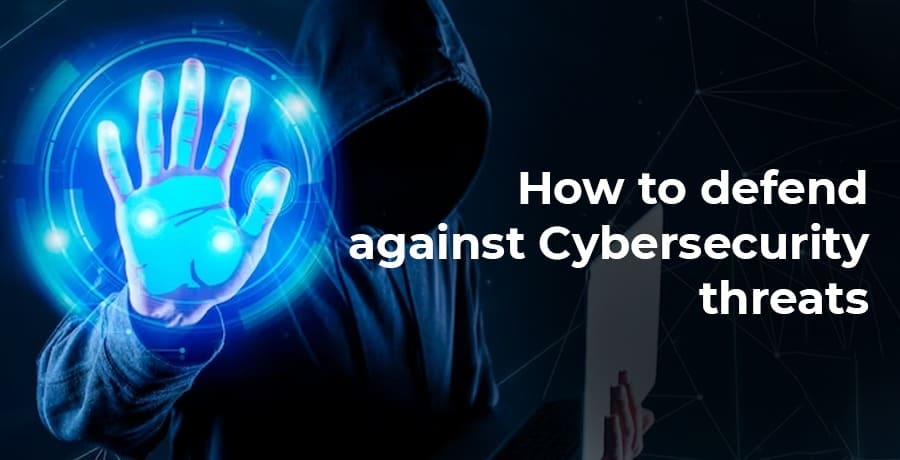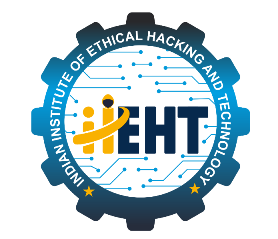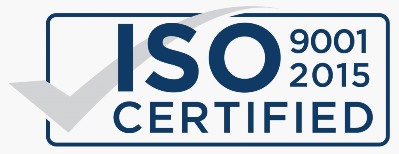How To Defend Against Cyber Security Threats?
Date: Oct 27, 2023

Cybersecurity threats have grown more complex in the current digital era, putting people, companies, and governments at serious risk. Being proactive in defending against cyber threats is essential due to their constantly changing nature. IIEHT is a facility that provides organisations and individuals with the information and abilities required to successfully combat these threats. We'll go over some key tactics for fending off cybersecurity threats in this blog, along with how IIEHT can improve your security posture.
1. Continue Your Education to Stay Up to Date
The first line of defense against cyber threats is to stay informed as they are constantly changing. Maintaining your knowledge base will help you stay one step ahead of cybercriminals.
2. Guard Your Digital Edge
Securing your digital perimeter is one of the main tactics to combat these threats. This entails putting in place powerful intrusion detection systems, firewalls, and access controls. The training programmes offered by IIEHT give you the know-how to efficiently set up and maintain these defenses.
3. Guard Your Devices
Cyberattacks frequently target endpoints, including laptops, smartphones, and Internet of Things devices. Using antivirus software, updating software, and instructing users on safe online conduct are all crucial steps in protecting these devices. IIEHT's extensive curriculum includes endpoint security guidelines.
4. Put Strong Authentication into practice
For cybercriminals, weak or stolen passwords are a common point of entry. Use robust authentication techniques, such as two-factor authentication (2FA) and biometrics, to thwart cybersecurity threats. Strong authentication is important, and IIEHT's courses cover how to set it up securely.
5. Update and patch software frequently
There are known security vulnerabilities in outdated software. To fix these vulnerabilities, patch and update all systems and software on a regular basis. The importance of timely software updates for maintaining a secure environment is emphasised in IIEHT's training programmes.
6. Teach Your Group
In cybersecurity, human error is frequently the weakest link. Instruct your staff and associates about these best practices. IIEHT provides courses that can assist you in lowering the risk of social engineering and phishing attempts by fostering a cybersecurity-aware culture within your company.
7. Perform evaluations of vulnerabilities
Frequent penetration testing and vulnerability assessments can assist in finding infrastructure flaws before hackers do. In addition to offering guidance on how to successfully address vulnerabilities found, IIEHT offers training in conducting assessments.
8. Create a plan for responding to incidents
An incident response plan that is clearly defined is essential in the event of a cyberattack. The programmes offered by IIEHT assist you in creating and carrying out an incident response plan, guaranteeing that you can act quickly and decisively to limit the damage.
9. Secure Critical Information
To keep it safe from prying eyes, sensitive data must be encrypted while it is in transit and at rest. IIEHT includes tools and encryption techniques to help you properly protect your important data.
10. Work Together with Security Professionals
Since the field of cybersecurity is so complicated, working with experts can be very beneficial. IIEHT gives users access to a network of experts and professionals who can offer advice and assistance when needed.
Conclusion
The fight against these threats is never-ending and demands initiative. Maintaining awareness, protecting your digital perimeter, training your staff, and working with professionals can all help you improve your cybersecurity posture. By funding this education, you also contribute to the safety and sturdiness of your digital assets. By employing appropriate tactics and acquiring knowledge, you can consistently outwit cybercriminals and safeguard your most valuable assets.



